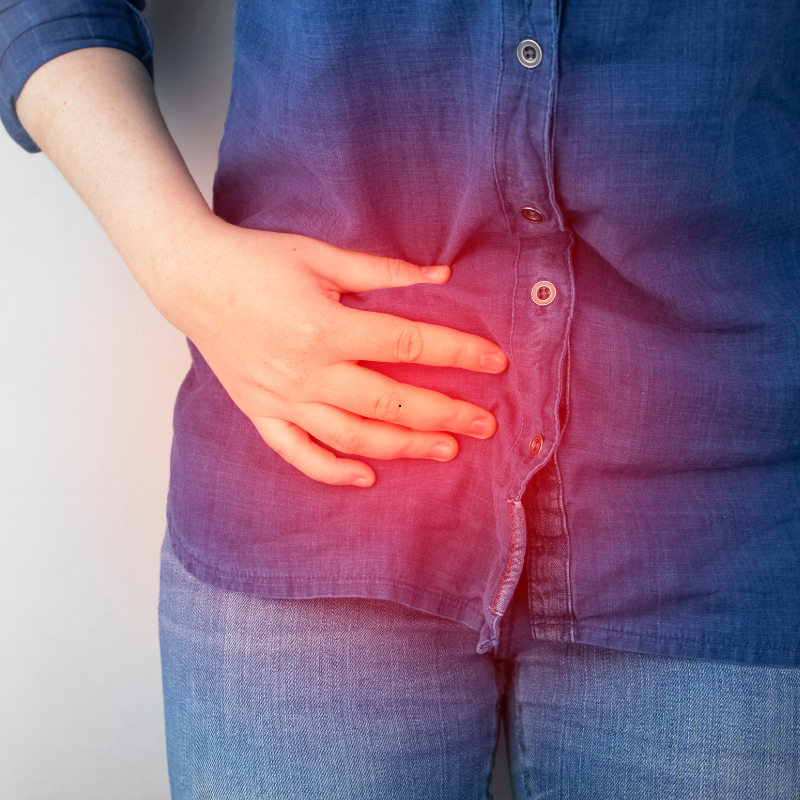Can I get pregnant if I have endometriosis? Many women diagnosed with endometriosis wonder about their chances of getting pregnant. Endometriosis is a condition that affects millions of women worldwide. It occurs when the tissue lining the uterus, known as the endometrium, grows outside of the uterus, typically in the pelvic area. This condition can cause various symptoms, including pelvic pain, heavy menstrual bleeding, and infertility. If you have been diagnosed with endometriosis, you may wonder about your chances of getting pregnant. The impact of endometriosis on fertility can vary from woman to woman. While the condition does make it more challenging to conceive, it does not necessarily mean that pregnancy is impossible. Understanding the relationship between endometriosis and fertility can help you make informed decisions about your reproductive health. How Endometriosis Can Affect Fertility Endometriosis can affect fertility in several ways, including: Distorted pelvic anatomy – The growth of endometrial tissue outside of the uterus can cause adhesions, scar tissue, and structural abnormalities in the pelvic region. These changes may interfere with the normal functioning of the ovaries, fallopian tubes, and uterus, making it difficult for the sperm to reach the egg or for the fertilized egg to implant properly. Hormonal imbalances – Endometriosis is associated with hormonal imbalances, particularly elevated levels of estrogen. Hormones play a crucial role in regulating the menstrual cycle and preparing the body for pregnancy. Imbalances in hormonal levels can disrupt ovulation and affect the quality of the eggs, making conception more challenging. Inflammation – Endometriosis is characterized by chronic inflammation in the pelvic area. Inflammation can affect the overall health of the reproductive organs and impair fertility. Ovarian reserve – Women with endometriosis may have a reduced ovarian reserve, which refers to the number and quality of eggs remaining in the ovaries. A diminished ovarian reserve can impact the chances of successful fertilization and pregnancy. Fertility Treatment Options If you have endometriosis and are trying to conceive, there are various treatment options available to improve your chances of getting pregnant. Medications – Your doctor may prescribe hormonal medications such as oral contraceptives, gonadotropin-releasing hormone (GnRH) agonists, or aromatase inhibitors to manage the symptoms of endometriosis and potentially improve fertility. Surgery – In cases where endometriosis is severe or causing significant pain, surgery may be recommended. Surgical procedures, such as laparoscopy or laparotomy, aim to remove endometrial implants, scar tissue, and adhesions, thereby improving fertility. Assisted reproductive technologies (ART) – If other treatments are not successful, or if there are additional factors affecting fertility, you may consider ART options like in vitro fertilization (IVF). IVF involves stimulating the ovaries to produce multiple eggs, retrieving the eggs, fertilizing them with sperm in a laboratory, and transferring the resulting embryos into the uterus. Seeking Professional Advice If you have endometriosis and are planning to conceive, it is crucial to consult with your OB/GYN. He or she can provide personalized guidance based on the severity of your condition, your age, and other factors that may affect fertility. It is important to remember that every woman’s experience with endometriosis and fertility is unique. While endometriosis can make it more challenging to conceive, many women with this condition do go on to have successful pregnancies. Staying informed, seeking appropriate medical care, and exploring available treatment options can help increase the chances of achieving pregnancy. While endometriosis may pose challenges to fertility, it does not necessarily mean that pregnancy is impossible. With the right medical guidance, treatment options, and support, many women with endometriosis can fulfill their dreams of becoming mothers. It’s essential to stay proactive, advocate for your reproductive health, and work closely with your physician to explore the best possible solutions for your individual circumstances. Remember, each person’s journey is unique, and fertility outcomes can vary. Stay positive, take care of yourself both physically and emotionally, and never hesitate to reach out for support from loved ones or professional counseling if needed. While the path may have its challenges, with determination and the right resources, it is indeed possible to achieve a healthy and successful pregnancy even with endometriosis. Cherokee Women’s Health Can Help If you have, or think you may have endometriosis, our OB/GYNs can help. Schedule an appointment today at 770.720.7733 to meet with one of our experts at either our Canton or Woodstock location. Or, simply schedule an appointment online.














